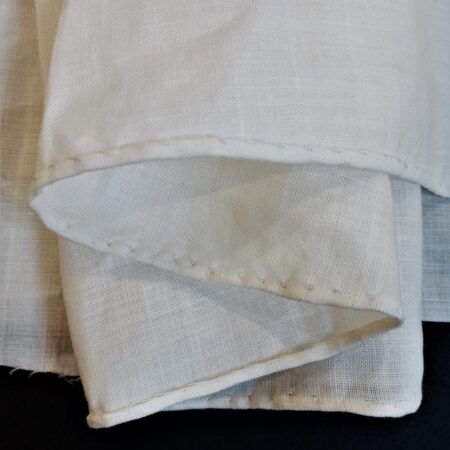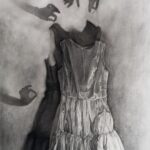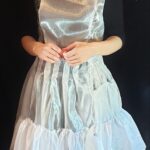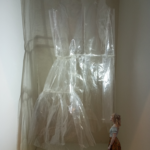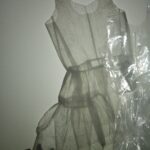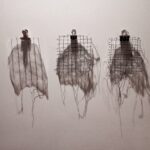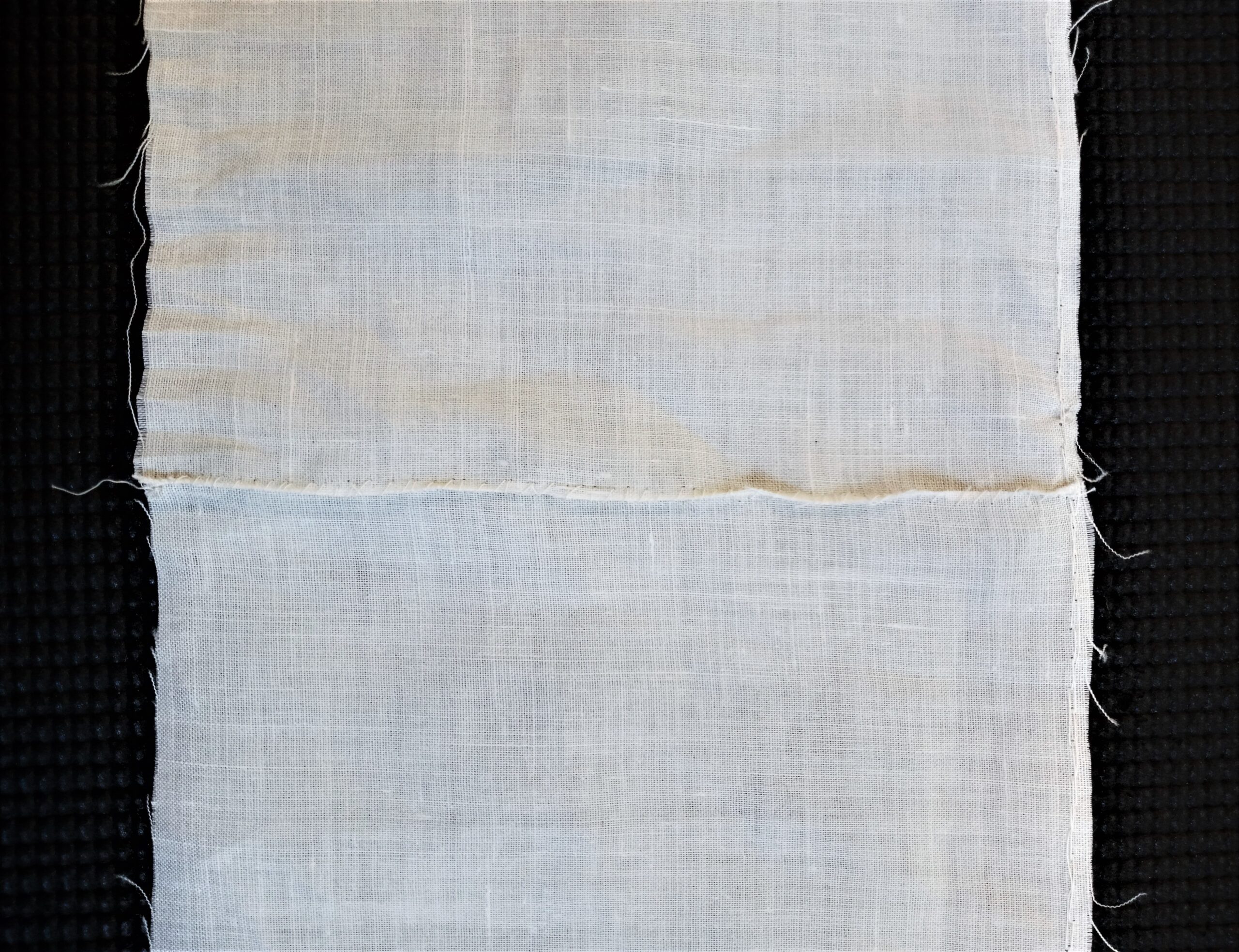
The original garment was made from eight uneven sections of linen whip-stitched together into one long length. With over five metres of fabric it would be difficult to cut from one long piece of fabric, especially with the grain running vertically down the length of the piece. I cut four slightly longer (than in the original) lengths of linen and whip-stitched them together to form one long piece. I could have cut lengths to the same size as the five original pieces, but this would have wasted fabric; definitely not a historically accurate thing to do!

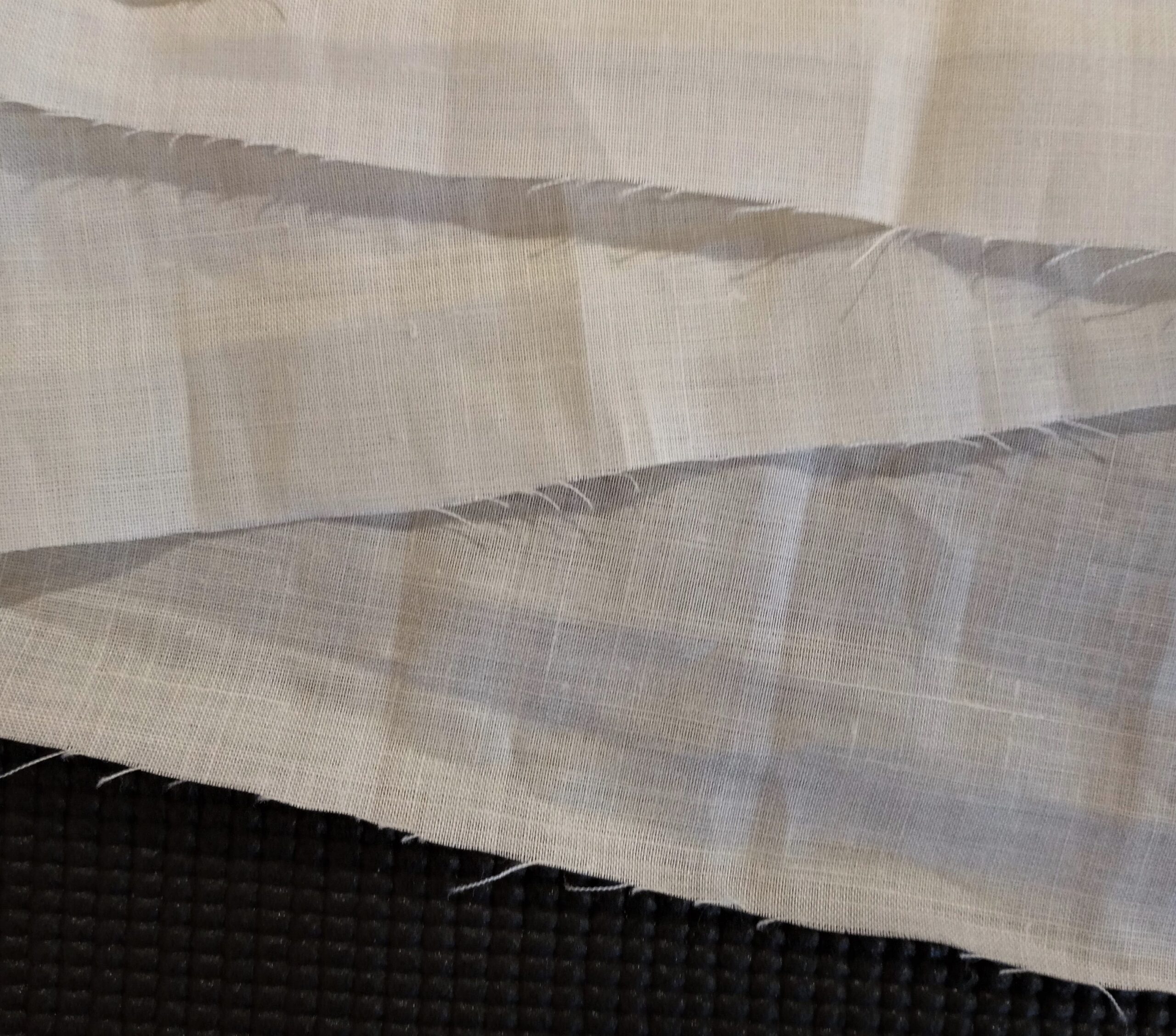
Having sewn all the pieces together I needed to address the raw edges. The edge which would become the inner part of the ruff, sewn onto the collar, would remain raw, but required two rows of backstitching to help when sewing it to the collar. Hand stitching everything, true to original methods, the backstitching took a very long time!
The outer edge needed to be hemmed to prevent fraying and give a neat finish. I did a rolled hem, trying to keep it to about 3mm in width – a distance that did vary somewhat, as it was hard to stay consistent when rolling it by hand. After a while I got into a rhythm, and it stayed fairly neat and consistent for most of the length.
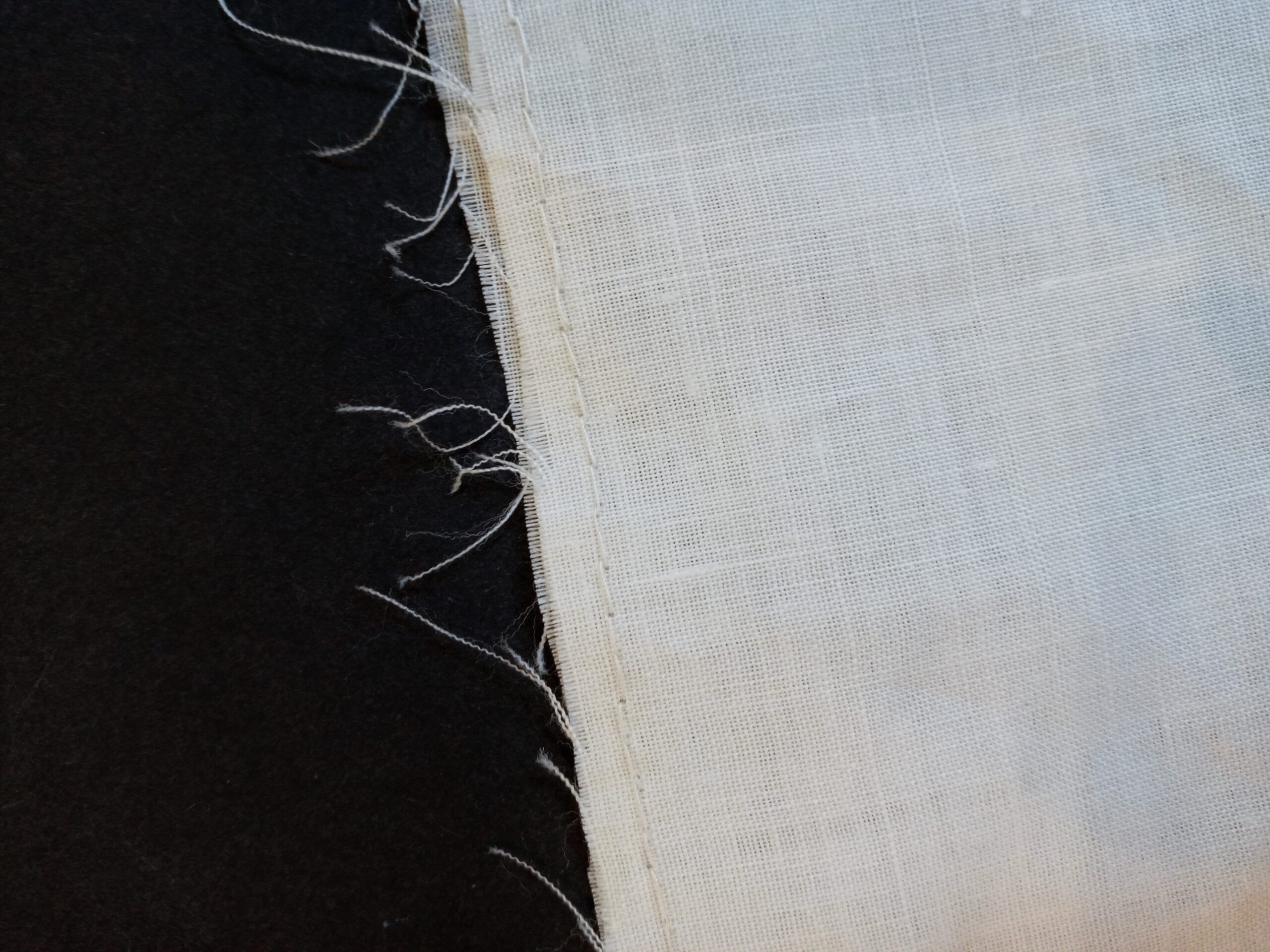 The first row of backstitching on the inner edge.
The first row of backstitching on the inner edge.
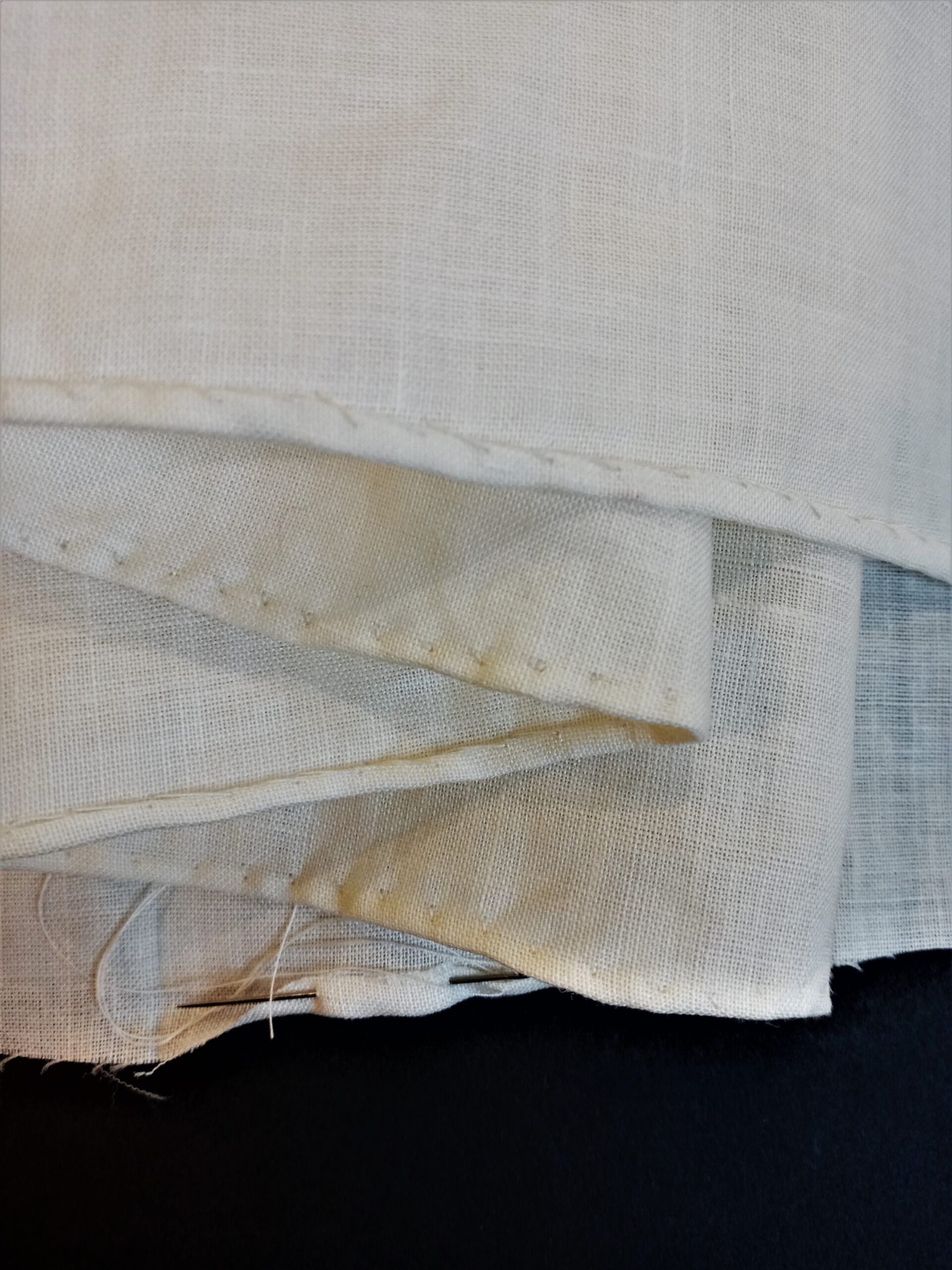 Mid-way through the process of rolling the outer edge.
Mid-way through the process of rolling the outer edge.
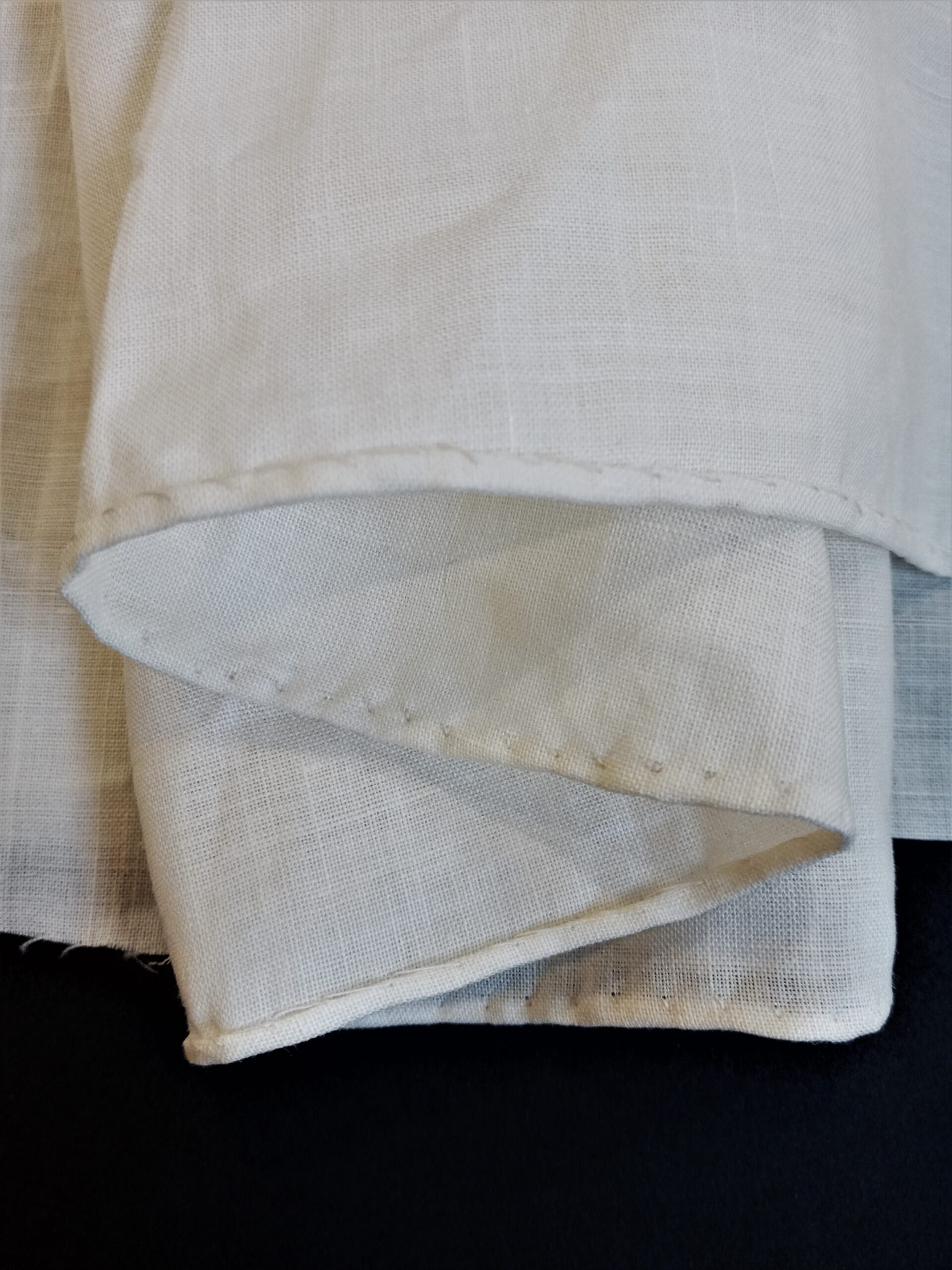
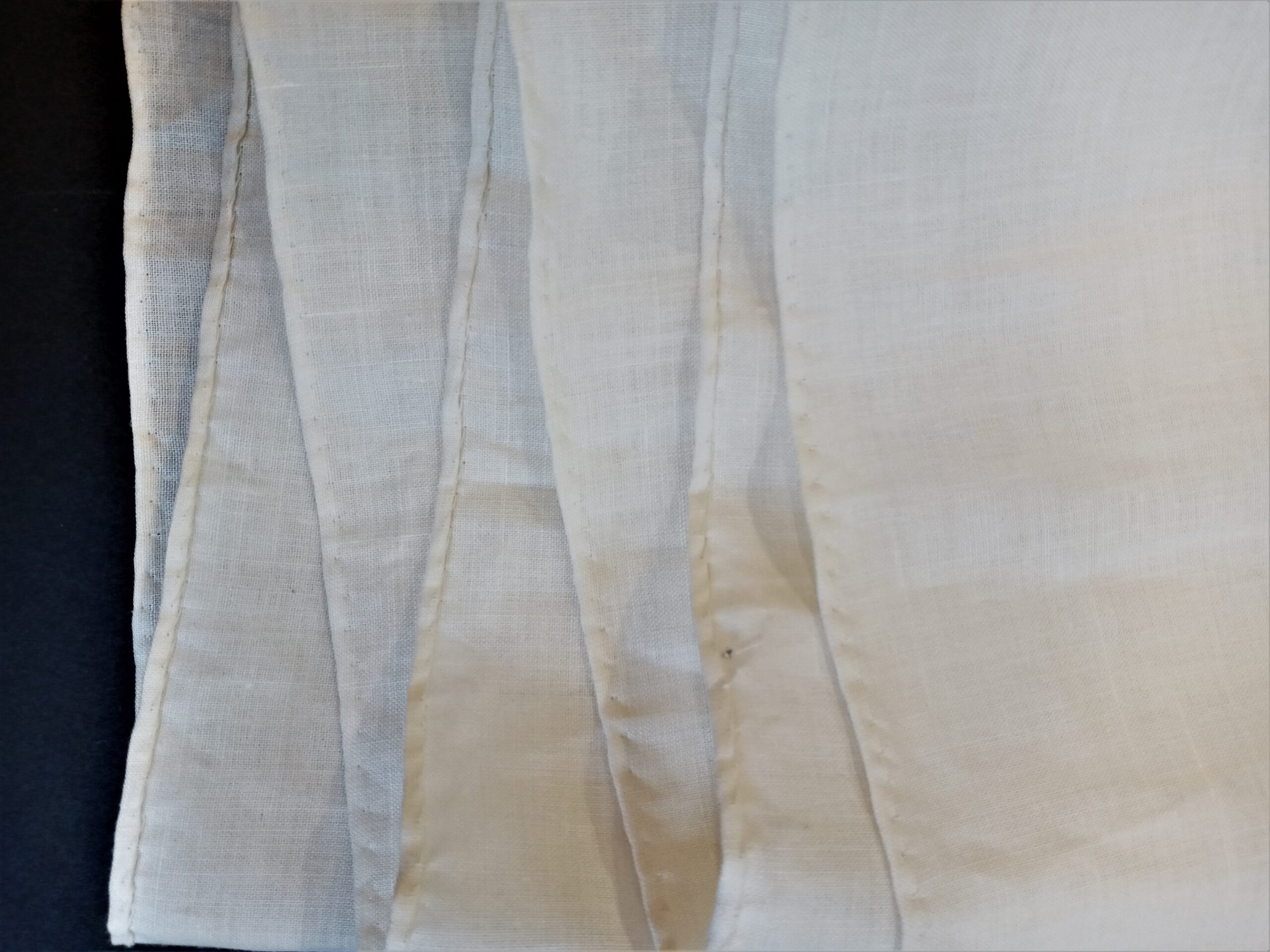 The finished hemmed edge.
The finished hemmed edge.
